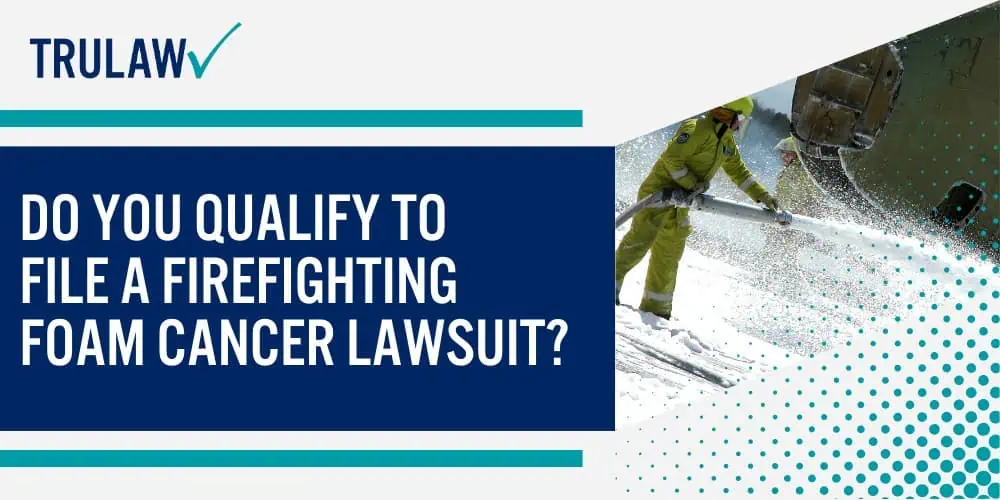Exposure to AFFF firefighting foam, and the PFAS chemicals it contains, may be linked to several types of cancer.
AFFF manufacturers may have known — or should have known — that their products contained harmful chemicals associated with cancer and other health risks.

Cancers that may be connected to AFFF exposure include:
- Thyroid cancer
- Lymphoma
- Rectal cancer
- Leukemia
- Testicular cancer
- Mesothelioma
- Colon cancer
- Kidney cancer
- Breast cancer
- Prostate cancer
- Bladder cancer
- Liver cancer
- Pancreatic cancer
- Neuroendocrine tumors
Some of the most commonly reported cancers in current AFFF lawsuits include prostate cancer, testicular cancer, kidney cancer, thyroid cancer, and pancreatic cancer.
If you or a loved one were diagnosed with cancer after exposure to AFFF, you may be eligible to file an AFFF lawsuit and seek compensation.
Who May Be at Risk for AFFF Firefighting Foam Exposure?
People at risk for exposure to AFFF include firefighters, airport personnel, military firefighters, and industrial workers, as well as individuals who live near facilities that use AFFF, where water contamination may occur.

Others who may be at higher risk for developing cancer include workers involved in producing, transporting, or cleaning up toxic firefighting foam.






